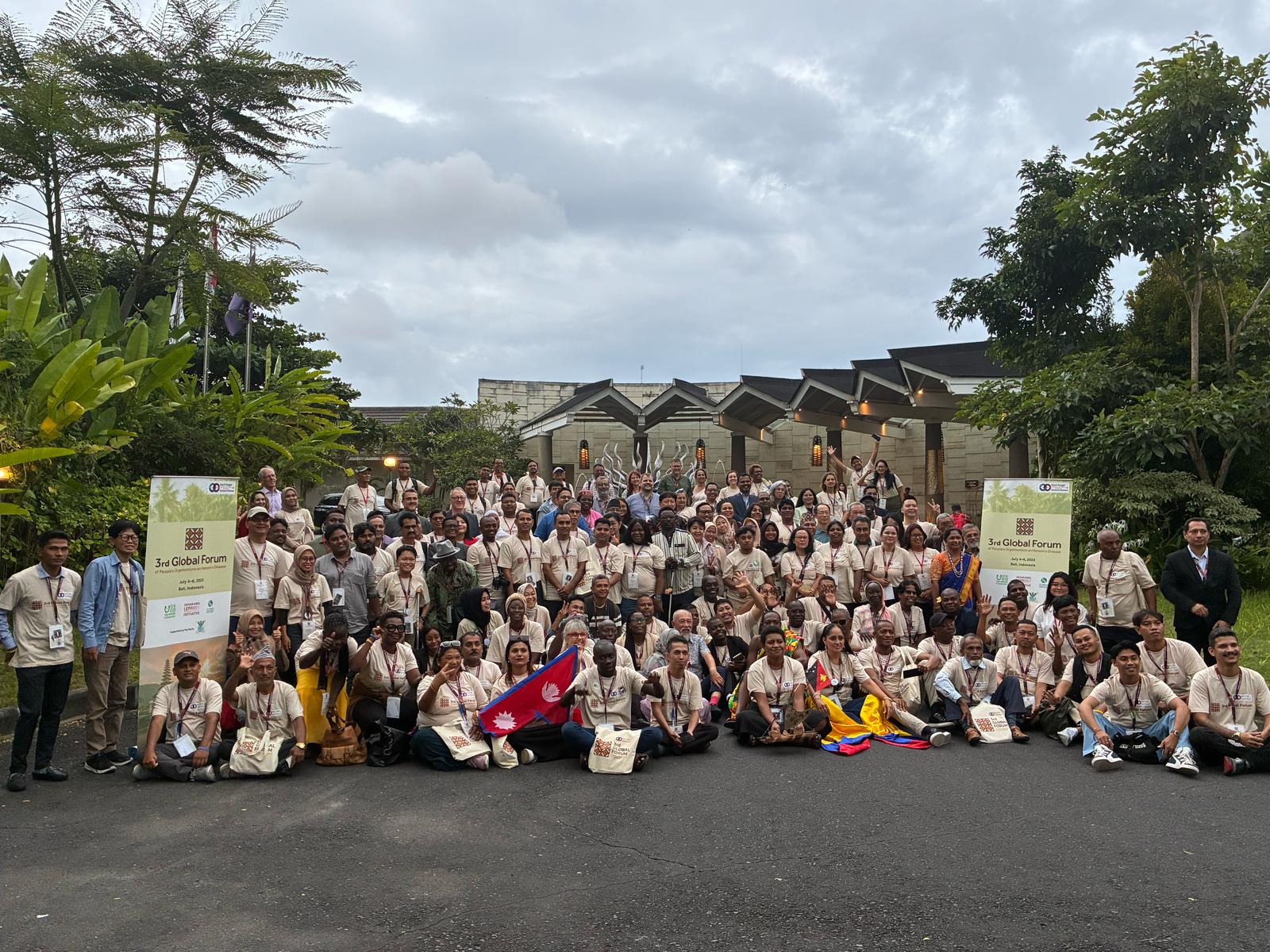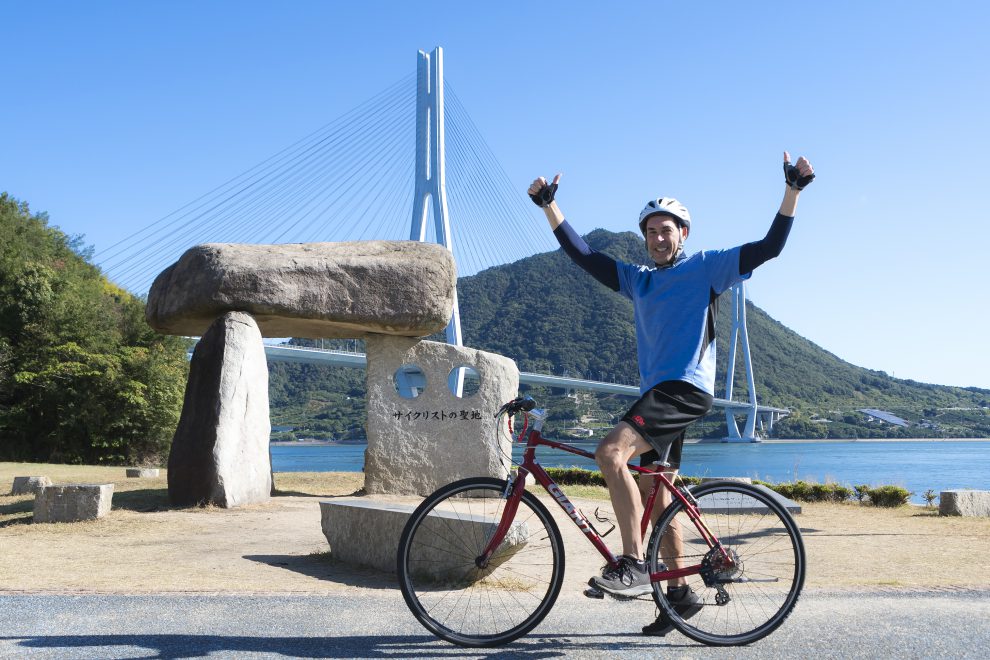A Guide for Visitors to Ehime / Japan, Spring 2022
TOKYO, Feb. 16, 2022 — The Japanese archipelago consists of several islands, including Hokkaido, Honshu, Shikoku, and Kyushu. Ehime Prefecture is located in the northwestern part of Shikoku. To the north of the prefecture is the Seto Inland Sea, also known as the Mediterranean Sea of Japan, and to the south are the Shikoku Mountains, which includes Mt. Ishizuchi, the highest mountain in western Japan with an altitude of 1982m. Kevin Kato, who was born and raised in the United States, but has been living in Japan for past 20 years, traveled to Ehime, which is abundant with beautiful nature, and summarized his 4-night, 5-day trip in his travelogue, available on our official website below.
VISIT EHIME JAPAN:
https://www.visitehimejapan.com/en/features/day1
Kevin Kato usually lives in Matsumoto City, Nagano Prefecture in Honshu, Japan. He is also a cyclist, and his favorite part of the trip was riding on the Shimanami Kaido expressway, one of the world’s seven major cycling roads, and where international cycling events are held. He had always imagined Ehime to be just a place with famous old hot springs and orange groves. However, there were many other discoveries and surprises on this trip: a moss garden that looked like the Garden of Eden, countless Jizo statues on the path up a mountain, food prepared by famous chefs, wine and beer made by local people. The nature of Ehime healed him as he learned about its history, experienced the kindness of its people, and enjoyed its food. An overview of his trip can be found below.
Day 1 – Cycling the Shimanami Kaido: Stunning Views of the Seto Inland Sea & Unforgettable Food
We began our journey by renting bicycles from the Sunrise Itoyama Cycling Station. We rode passed the Kurushima Kaikyo Bridge to the Roadside Station Tatara Shimanami Park, where a monument commemorating the “cyclist’s sanctuary”, the Shimanami Kaido expressway, is located. After that, we headed to the Oyamazumi Shrine, where many historical weapons and armor are preserved, to experience the history of Japan. Then, we had lunch at the Seafood Restaurant Tairyo, where we enjoyed a bowl of fresh seafood and rice. To top it all off, we also had some local beer at Omishima Brewery.
Day 2 – Paddling Pirate Waters and Enjoying the Fruits of Ehime
Under the guidance of an instructor, we took to stand-up paddleboarding (SUP) and headed to an uninhabited island off the coast of Ehime, enjoying the sea breeze of the Shimanami region. The island is where the Amasaki Castle was built in the 7th century, and where its stone walls still remain today. Afterwards, we had lunch at WAKKA, where we had stayed the night before, and ate their special keema curry. We also visited a winery on the island. That night, we stayed at the luxurious TOBE Auberg Resort, and where not only are the dishes locally sourced, but also the drinks, tableware, and even the furniture.
Day 3 – Discovering Ehime’s Cultural & Geological History, from the Mountains to the Town
The first stop of the day was the Iwayaji Temple, the 45th sacred site of the Shikoku Pilgrimage. The path to the temple, located 700 meters above sea level on a rocky cliff, is steep. We walked towards the temple, path surrounded by countless Jizo statues, cedar trees, and a wooden gate, which created a rather solemn atmosphere. At Iwayaji Temple, we tried Ajikan meditation. We sat cross-legged, closed our eyes, and quieted our minds to free our spirit. In the afternoon, we returned to Matsuyama City and took a rickshaw ride to explore the Dogo Onsen area and take a bath in the hot spring. At the Yamatoya Honten, where we stayed that night, we enjoyed delicate Japanese cuisine and visited the Noh stage located in the accommodation.
Day 4 – The Art of Traditional Living in Ehime
At the Uwa Rice Museum, which is housed in a former elementary school building, we raced down a 109m corridor while cleaning the floor with a rag. In the streets of Unomachi, we saw traditional Japanese wooden architecture. At the former ryotei restaurant Kyu Musashi, rice was cooked in a traditional kamado stove and we were able to experience the old-fashioned way of life. Then, we also saw how to make pearl accessories and flag banners, and finally stayed at the Kiya Ryokan, which is a restored building with over 100 years of history. We talked with the manager, Mr. Greb, about tourism in Ehime.
Day 5 – The Varied Culture of Uwajima and the End of My Ehime Adventure
On the final day, we visited Uwajima Castle, one of twelve remaining castle towers from the Edo Period (1603-1867). The moss-covered stone walls that were built hundreds of years ago had an overwhelming presence. Afterwards, we tried out harvesting mandarin oranges, or mikan, a local specialty of Ehime. At a regional restaurant, Hozumitei, we tried Uwajima-style taimeishi, a kind of dish made with local sea bream. The last part of the trip was a canyoning trip in Nametoko Gorge. It was a thrilling activity, as we slid down a natural waterslide while shouting.
That was just a taste of the many things Kevin Kato experienced on his trip to Ehime. For the full travelogue, please check out our website, Visit Ehime Japan. And once you are able to, please come visit Ehime. We look forward to seeing you soon.










